The pandemic may have provided the tipping point for this city transformation, which can help solve inequality.
Published Jan 02, 2025 • Last updated 0 minutes ago • 3 minute read

The rise of the 15-minute city, in some form or another, seems to be certain in metropolitan Ottawa.
According to a new research platform from Sony Computer Science Laboratories in Rome (Sony CSL Rome), which visualizes data for more than 10,000 cities, Ottawa already provides a lot of access to necessities and amenities. Across nine categories — outdoor activities, learning, supplies, eating, moving, cultural activities, physical exercise, services, and healthcare — residents from Orléans to Kanata, from Vanier to Richmond, can easily reach desired services or amenities, on average, in 16 minutes by bicycle.
Advertisement 2
THIS CONTENT IS RESERVED FOR SUBSCRIBERS ONLY
Subscribe now to read the latest news in your city and across Canada.
- Exclusive articles from Elizabeth Payne, David Pugliese, Andrew Duffy, Bruce Deachman and others. Plus, food reviews and event listings in the weekly newsletter, Ottawa, Out of Office.
- Unlimited online access to Ottawa Citizen and 15 news sites with one account.
- Ottawa Citizen ePaper, an electronic replica of the print edition to view on any device, share and comment on.
- Daily puzzles, including the New York Times Crossword.
- Support local journalism.
SUBSCRIBE TO UNLOCK MORE ARTICLES
Subscribe now to read the latest news in your city and across Canada.
- Exclusive articles from Elizabeth Payne, David Pugliese, Andrew Duffy, Bruce Deachman and others. Plus, food reviews and event listings in the weekly newsletter, Ottawa, Out of Office.
- Unlimited online access to Ottawa Citizen and 15 news sites with one account.
- Ottawa Citizen ePaper, an electronic replica of the print edition to view on any device, share and comment on.
- Daily puzzles, including the New York Times Crossword.
- Support local journalism.
REGISTER / SIGN IN TO UNLOCK MORE ARTICLES
Create an account or sign in to continue with your reading experience.
- Access articles from across Canada with one account.
- Share your thoughts and join the conversation in the comments.
- Enjoy additional articles per month.
- Get email updates from your favourite authors.
THIS ARTICLE IS FREE TO READ REGISTER TO UNLOCK.
Create an account or sign in to continue with your reading experience.
- Access articles from across Canada with one account
- Share your thoughts and join the conversation in the comments
- Enjoy additional articles per month
- Get email updates from your favourite authors
Sign In or Create an Account
or
Article content
Carlos Moreno, the Paris-based urbanist who conceptualized the 15-minute city, estimated that it would take six years to develop the polycentric City of Lights. Ottawa is closer to the holy grail than we think.
To be sure, there are many factors compelling the adoption of the 15-minute city. Some people are increasingly turned off by accidents on the road and would rather not drive distances. According to the Ontario government, there were 13,000 road collisions between 2017 and 2019, resulting in 22 fatalities annually. Parking also takes up urban space. Municipalities across North America are now exploring car-free streets.
Perhaps, ultimately, what keeps 15-minute cities from becoming reality is political will and lack of imagination.
The pandemic, though, may have provided the tipping point to this urban transformation. To use Richard Florida’s words, it alters the micro-geography of a city — the distribution of its shape and form. The geographies of work and education are going to change. Commercial districts, which for a long time separated where people lived and worked, are in “for a big makeover.”
Advertisement 3
Article content
Companies are already in place to provide the infrastructure. For example, REEF Technology, a real estate firm, sees the traditional hub-and-spoke system of work and commerce as “less human and less livable.” Its solution is to help businesses scale within smaller, more manageable neighbourhoods, as in a 15-minute city.
Critics of the 15-minute city point out that hyper-localized but connected communities may breed some sort of tribalism and result in inequalities. In the Sony CSL map, not all of Ottawa is colored blue and white (which denote the greatest accessibility to services) in any category. The 15-minute neighbourhoods are most prevalent where most residents live over a large geographic area — which, by the way, is a sign of higher housing costs. Not only does inequality of access differ between global cities, as the creators of the platform warned, there are differences in the level of access to services, amenities and municipal facilities within Ottawa. Researchers have to sometimes lower the standards for what constitutes a service — for example, the number of medical clinics in an area — to meet the 15-minute city criteria.
Advertisement 4
Article content
Lower-income workers, especially manual laborers, often make long commutes to their workplace; this lifestyle will likely not change in a 15-minute city. Even Moreno concedes that, at least in Paris, urban inequality between the suburbs and the wealthier urban core already exists. Likewise, the least accessible places in Ottawa are the perimeter of the city. The same is true for poor neighbourhoods.
But optimists are hopeful that polycentric planning can reduce inequality and increase social cohesion. For example, instead of asking residents in a city’s periphery to take a longer commute to the commercial districts as a metropolis grows, business activities can be brought closer to the suburbs. That will take time and commitment.
Government intervention will help alleviate inequality, by making healthy foods affordable in small vendors and subsidizing housing if the prices are too high. If residents in the suburbs have the same access to services, opportunities and cultural events as those living in more vibrant areas, “we can regenerate urban cohesion with multiple services, and eventually we will reduce this segregation,” Moreno says. After all, what is an urban facelift without changing the way we think about the role of the city and its neighbourhoods?
Gary Lai is an economist and award-winning author based in Vancouver.
Recommended from Editorial
-

Maps illustrate challenge with creating '15-minute neighbourhoods' in built-up areas
-

Pellerin: Ottawa's Carlingwood Mall could become the perfect community hub
Article content
.png)
 5 days ago
9
5 days ago
9



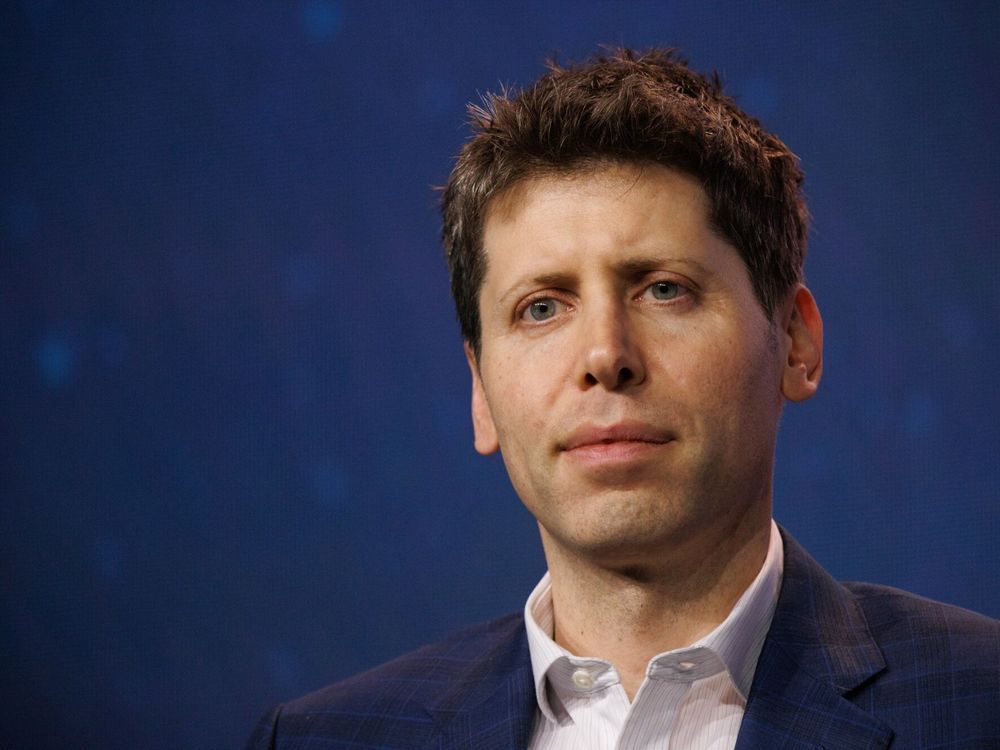
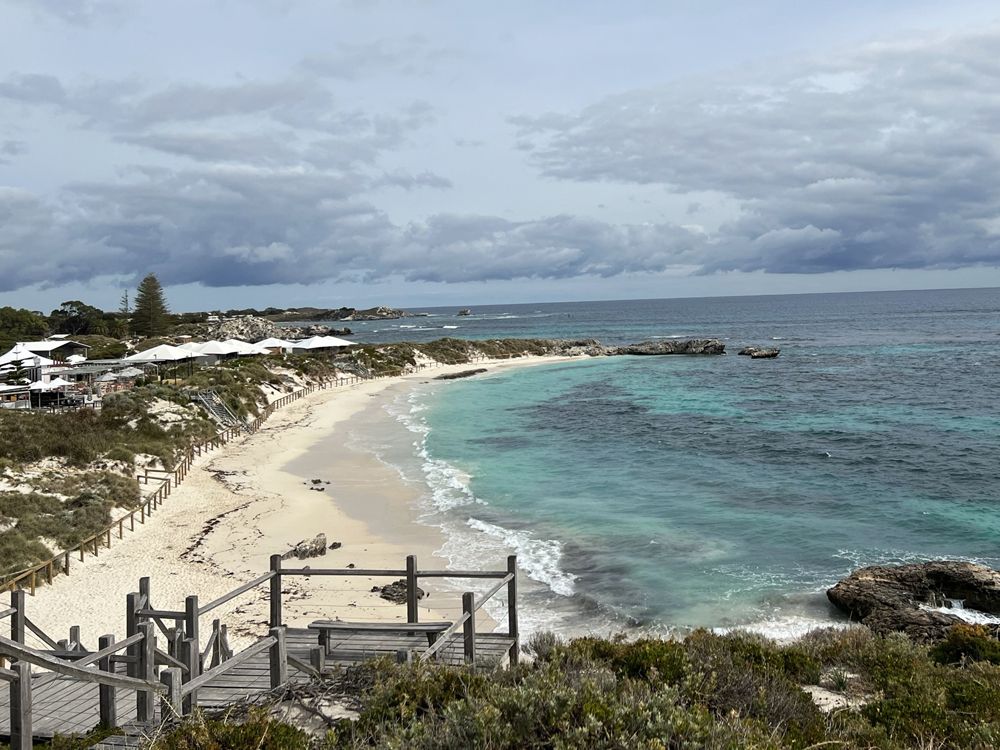
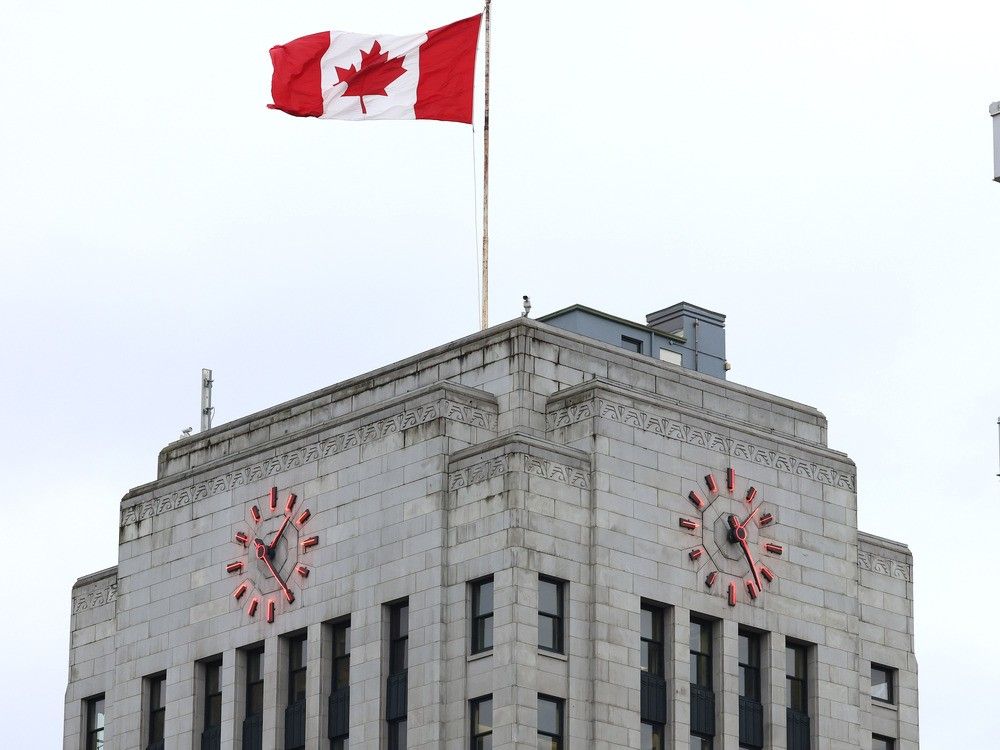
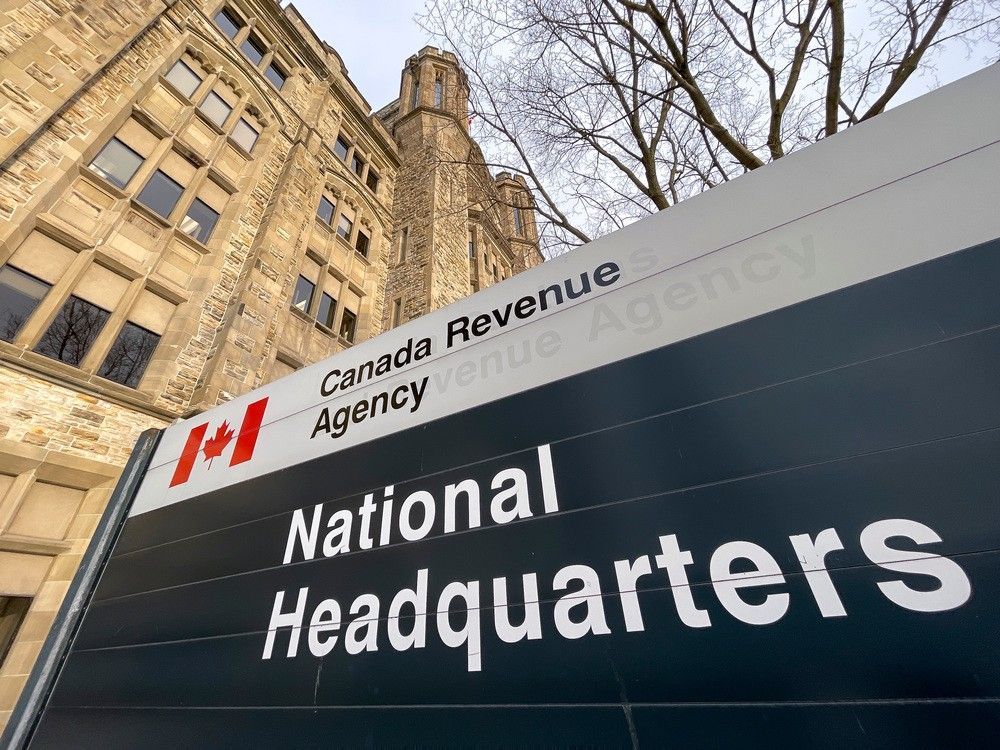
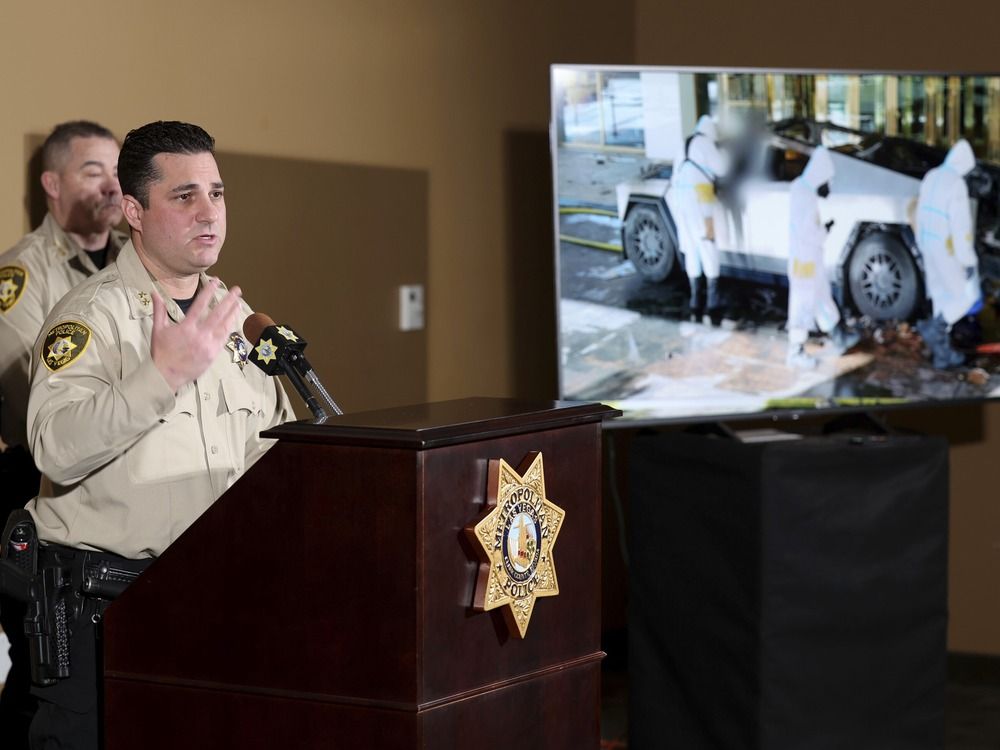

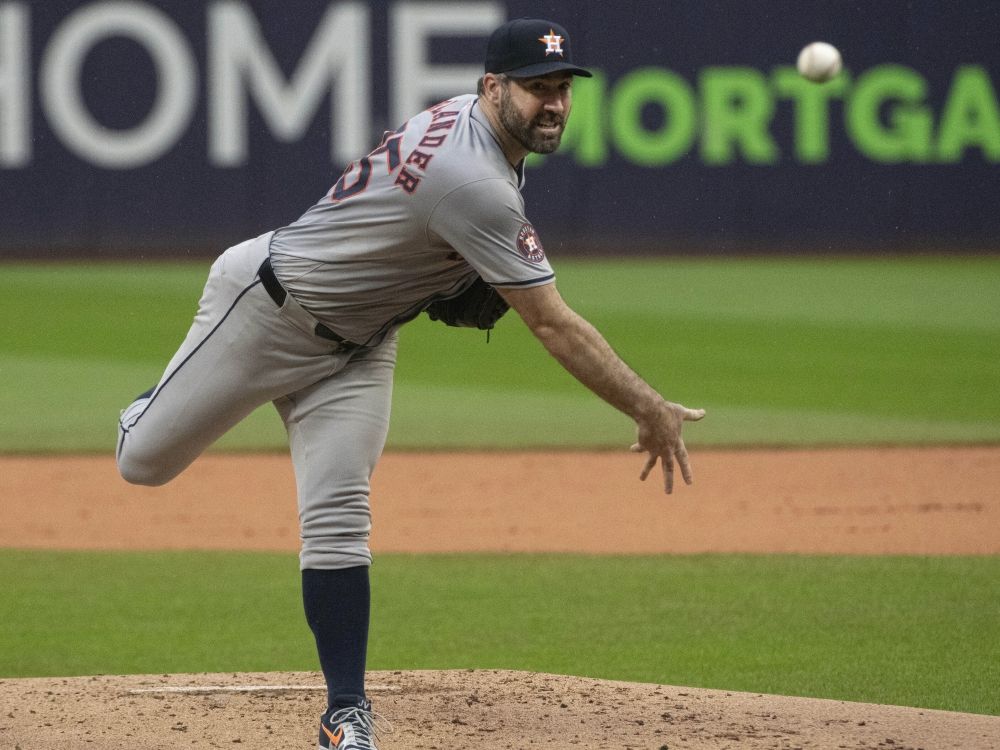


























 Bengali (BD) ·
Bengali (BD) ·  English (US) ·
English (US) ·